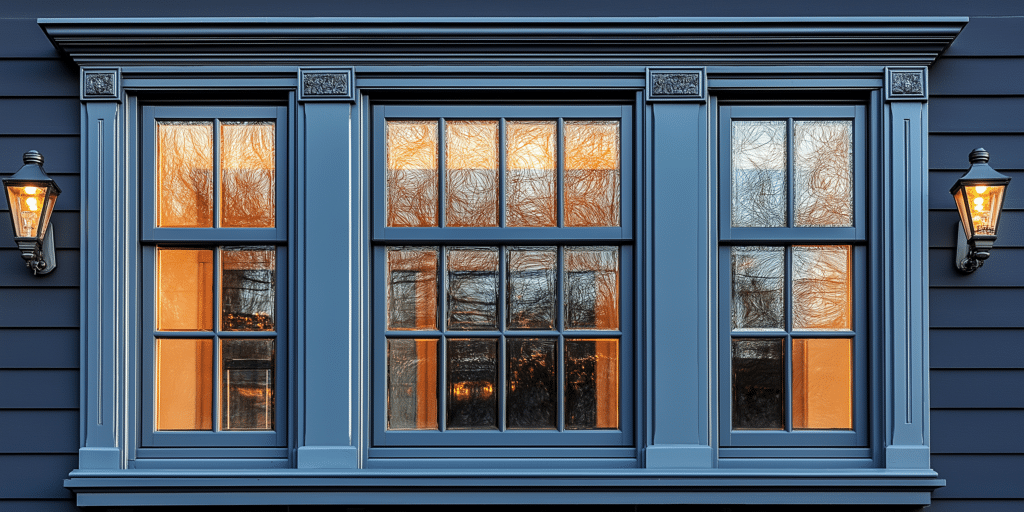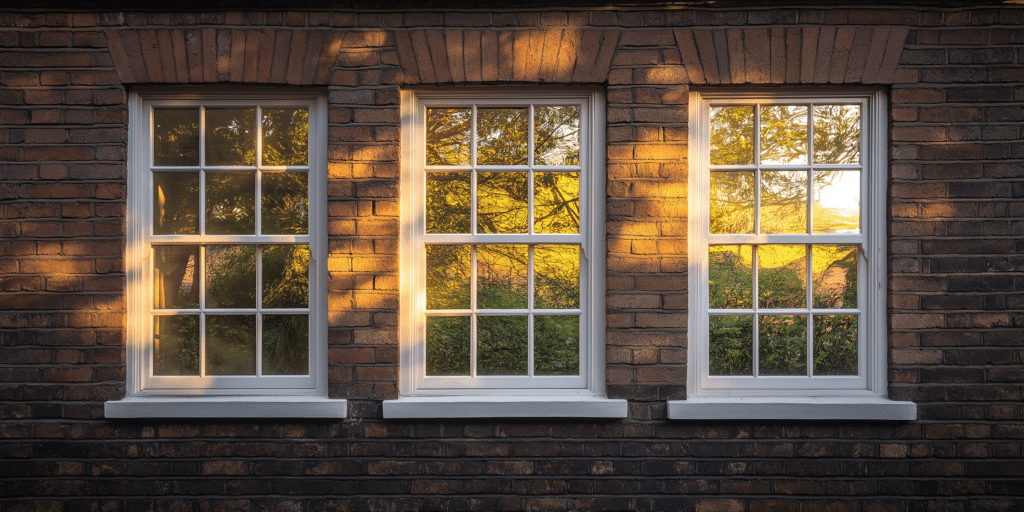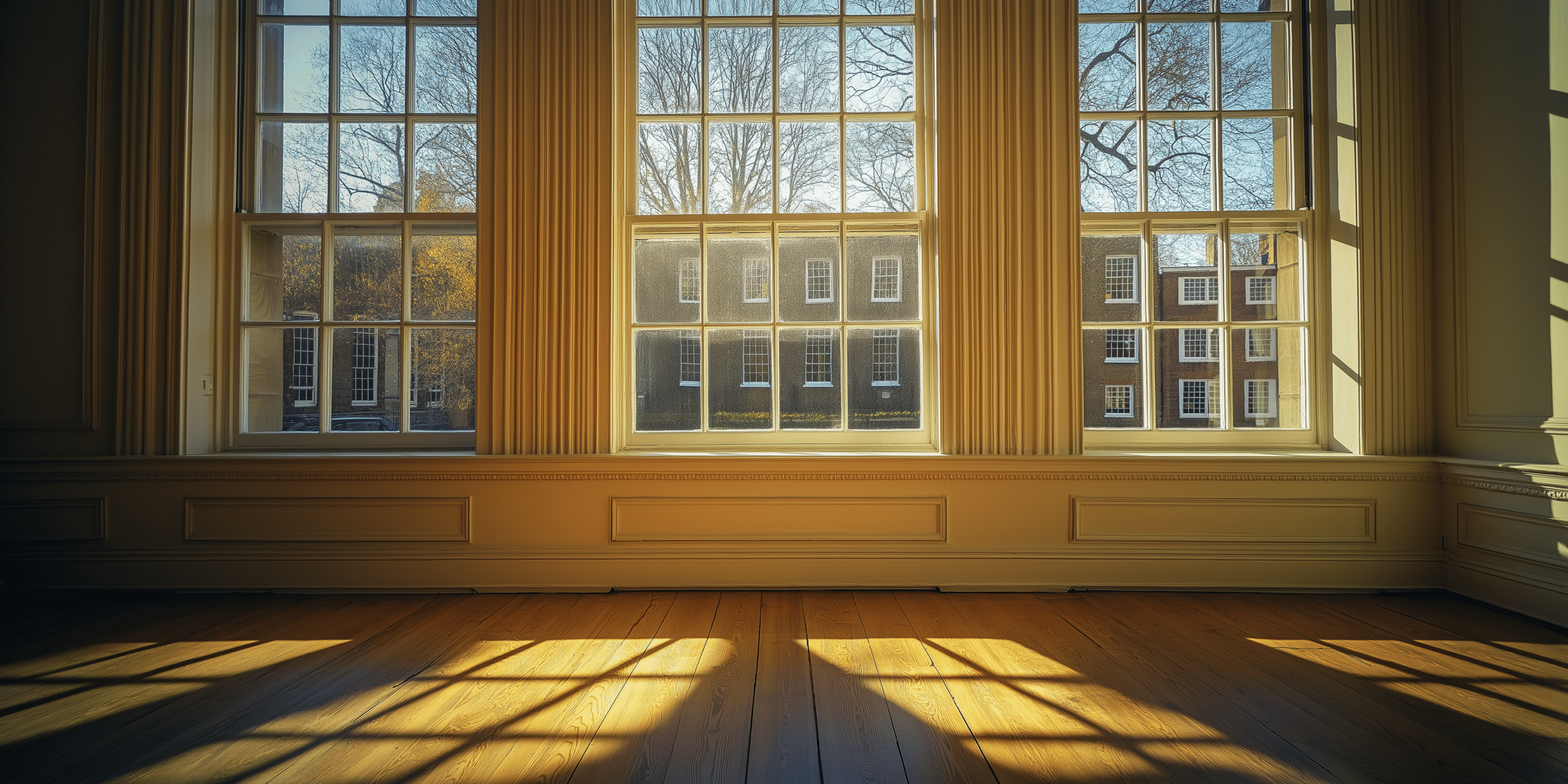Introduction to Sash Balancing

Balancing your sash windows is crucial for maintaining their smooth operation and longevity. When a sash window becomes unbalanced, it may stick, fail to stay open, or cause drafts and energy loss. Besides making the window difficult to operate, unbalanced windows increase wear on the frame, weights, and pulleys, leading to costly repairs or replacements.
Incorrectly balanced windows are, at best, awkward and difficult to use; at worst, they are dangerous. This comment highlights the potential hazards of poorly maintained sash windows, reinforcing the importance of regular checks to avoid costly repairs.
Sash balancing is the process of adjusting the counterweights or springs to ensure that the window sash moves up and down smoothly without any resistance. Ideally, they should be checked every 3-5 years for signs of imbalance, such as difficulty opening or closing or slamming shut when released.
Why Sash Window Balancing Matters
Properly balanced sash windows prevent operational issues and reduce the likelihood of premature damage to the window components. Balancing windows improves functionality and contributes to energy efficiency by ensuring the window closes tightly, reducing air leaks that could lead to energy loss.
When a sash window is out of balance, it can cause poor insulation, leading to drafts that increase heating or cooling costs. Research suggests that correcting the balance can save as much as 15% in energy costs over a year, depending on the window size and property type.
If your sash window is difficult to open, slams shut, or doesn’t stay open, these are clear indicators that the balance mechanism is off. It also impacts the window’s energy efficiency by ensuring it seals properly when closed, reducing air leaks.
How Does Sash Balancing Work?
Sash windows operate on a counterbalance system that uses weights and pulleys. Each window has weights connected to cords or chains, which counterbalance the weight of the window itself. This usually happens when the weights are too light or heavy, leading to a misbalance and causing the window to stay open or close.
While a skilled DIY enthusiast can balance sashes, more complex systems—especially on older or historical sash windows—often require professional help. Improper weight distribution is a common issue affecting window functionality, particularly for period properties requiring custom weights.
Types of Sash Windows and How They Affect Balancing

The type of sash window directly impacts the balancing process. Single-hung sash windows, where only one sash is moveable, have fewer components and are typically easier to balance. Double-hung windows, where both sashes move, require more precise balancing due to the increased complexity of the weight distribution.
Custom balancing is often necessary for older properties, like Georgian or Victorian sash windows. With their larger frames and unique designs, these historical windows often require custom-made counterweights and more complex balancing techniques to maintain their heritage value.
DIY Sash Balancing: When to Try It Yourself
With the right tools and patience, homeowners with basic DIY skills can balance sash windows. However, if you’re unsure about handling sash weights, cords, or pulleys, it’s advisable to seek professional help to avoid causing further damage.
You’ll typically need a screwdriver, a putty knife, a replacement cord or chain, and a weight adjustment kit. The process can be completed in about 1-2 hours for simpler windows, but older or larger windows may take longer, depending on their condition.
Professional Sash Balancing: When to Call an Expert
If your sash window is painted shut, has hard-to-access counterweights, or involves historical restoration, it’s best to consult a professional. Depending on the windows’ complexity and condition, prices can range from £100 to £300 per window.
Professionals point out that for older properties, accurate balancing ensures that the windows continue to operate smoothly for decades, reducing the need for frequent repairs. This expertise helps address long-term wear on the frames and maintains the property’s historic integrity.
Common Sash Balancing Problems and Solutions

The most frequent problems include frayed cords, dislodged weights, and stuck pulleys. One easy test is to open the window halfway—if it doesn’t stay in place, the problem could be with the weights or the sash cords.
In most cases, yes. Replacing cords or recalibrating the weights can restore functionality without replacing the entire sash window. Careful maintenance can significantly extend the lifespan of original windows, provided the balancing is done correctly.
Cost of Sash Balancing: DIY vs. Professional
DIY costs are typically under £50 for materials and tools. For simple sash windows, DIY balancing can save you money, but professional help is often the more cost-effective solution in the long term for historical or complex windows.
Experts suggest that attempting DIY on older windows may lead to further issues if you’re unfamiliar with the intricacies of their mechanisms, which could eventually lead to more costly repairs.
How Often Should You Balance Sash Windows?
Sash windows should ideally be checked and balanced every 3-5 years. If they become difficult to open or close or won’t stay open, it’s likely time for a balancing adjustment.
Due to the wear and tear on traditional materials like wood and cast iron weights, older windows often require more frequent maintenance. Regular balancing of sash windows, particularly in conservation areas, helps maintain both the functionality and historical integrity of the property.
The Future of Sash Windows: Automation and Smart Systems

Technology is advancing in the world of sash windows. Many companies now offer automated balancing systems, including motorised pulleys that dynamically adjust to the window’s movement. These systems allow for remote adjustments and can even self-regulate, improving the efficiency and operation of sash windows with minimal user input.
Options now include motorised pulleys, remote control systems, and even smart glass for enhanced energy efficiency. While automation adds convenience, traditional balancing techniques remain important for long-term maintenance.
Final Thoughts on Sash Window Balancing
Balancing your sash windows is essential for maintaining their functionality, aesthetics, and energy efficiency. According to a study by The Glass and Glazing Federation, well-balanced sash windows can lead to a 25% improvement in energy efficiency. Whether you own a modern or historic property, keeping your windows balanced ensures they operate smoothly and remain energy-efficient.
Regular maintenance and early identification of issues are key to ensuring your windows last for years. It depends on the complexity of your windows. DIY balancing can be cost-effective for simpler, modern systems, but professional help is often better for older, more intricate windows.




